Past Events
177 results found
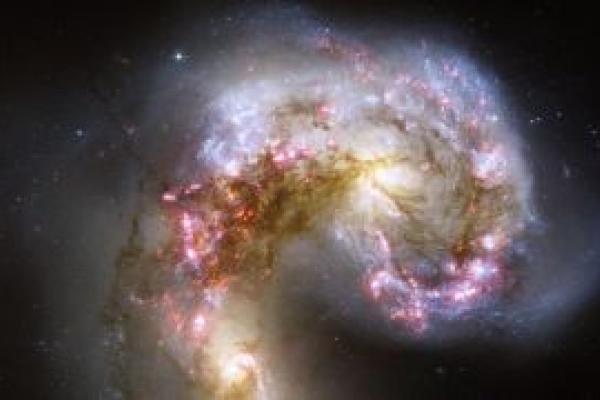
April 13, 2023
Astronomy Colloquium - Sanchayeeta Borthakur
Event Start Time: 3:00 pm
Event Location: In Person & Online: Chem & Biomolecular Eng & Chem (CBEC) - Room 130; Zoom Webinar
Event Location: In Person & Online: Chem & Biomolecular Eng & Chem (CBEC) - Room 130; Zoom Webinar
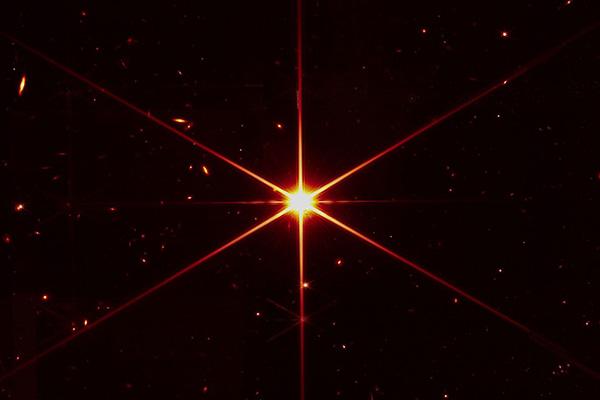
April 4, 2023
Astronomy Colloquium - Marshall Perrin
Event Start Time: 3:00 pm
Event Location: In Person & Online: Fontana Lab 2020; Zoom Webinar
Event Location: In Person & Online: Fontana Lab 2020; Zoom Webinar
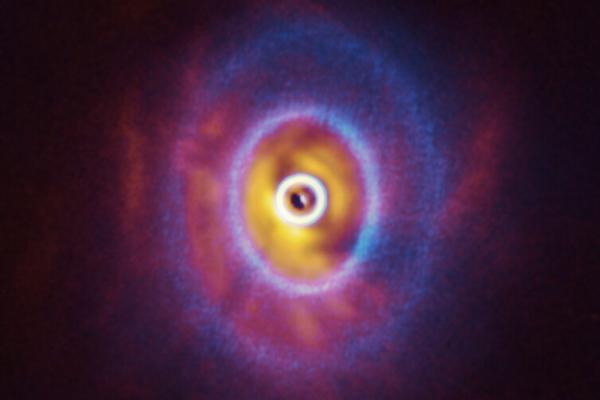
March 30, 2023
Astronomy Colloquium - Richard Teague
Event Start Time: 3:00 pm
Event Location: In Person & Online: Chem & Biomolecular Eng & Chem (CBEC) - Room 130; Zoom Webinar
Event Location: In Person & Online: Chem & Biomolecular Eng & Chem (CBEC) - Room 130; Zoom Webinar
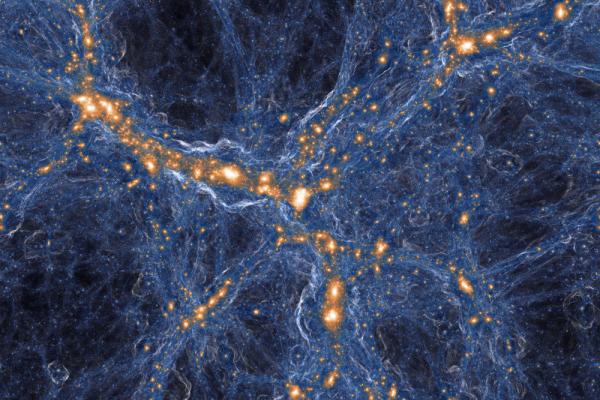
March 23, 2023
Astronomy Colloquium - Rebecca Smethurst
Event Start Time: 3:00 pm
Event Location: In Person & Online: Chem & Biomolecular Eng & Chem (CBEC) - Room 130; Zoom Webinar
Event Location: In Person & Online: Chem & Biomolecular Eng & Chem (CBEC) - Room 130; Zoom Webinar
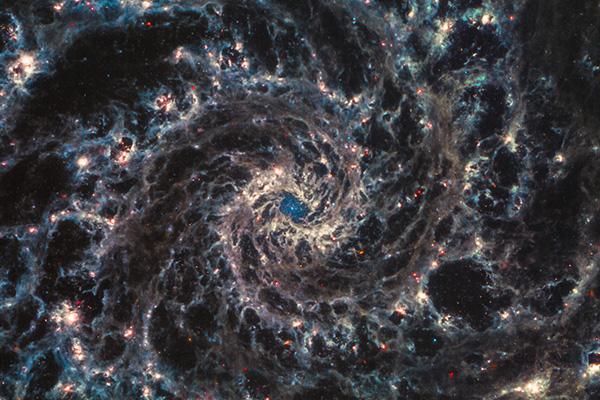
March 2, 2023
Astronomy Colloquium - Adam Leroy
Event Start Time: 3:00 pm
Event Location: In Person & Online: Chem & Biomolecular Eng & Chem (CBEC) - Room 130; Zoom Webinar
Event Location: In Person & Online: Chem & Biomolecular Eng & Chem (CBEC) - Room 130; Zoom Webinar

February 21, 2023
Astronomy Colloquium - Yuan-Sen Ting
Event Start Time: 2:45 pm
Event Location: In Person & Online: Fontana Lab - Room 2020 ; Zoom Webinar
Event Location: In Person & Online: Fontana Lab - Room 2020 ; Zoom Webinar
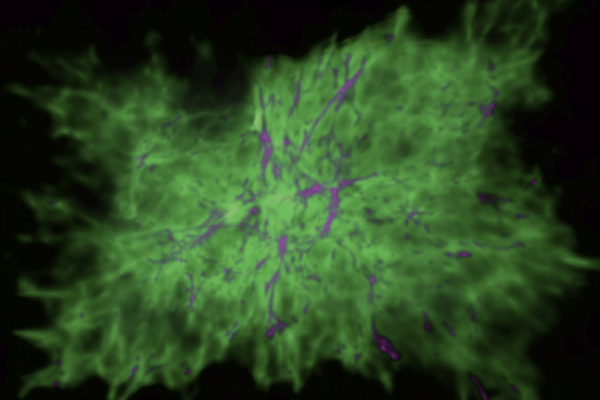
February 14, 2023
Astronomy Colloquium - Anna Rosen
Event Start Time: 2:45 pm
Event Location: In Person & Online: Fontana Lab - Room 2020 ; Zoom Webinar
Event Location: In Person & Online: Fontana Lab - Room 2020 ; Zoom Webinar
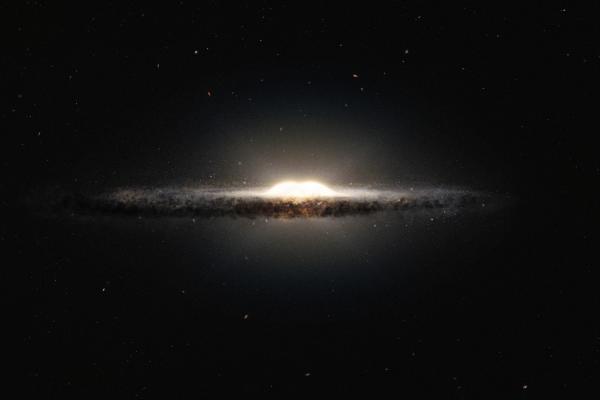
January 31, 2023
Astronomy Colloquium - Meridith Joyce
Event Start Time: 2:45 pm
Event Location: In Person & Online: Fontana Lab - Room 2020 ; Zoom Webinar
Event Location: In Person & Online: Fontana Lab - Room 2020 ; Zoom Webinar
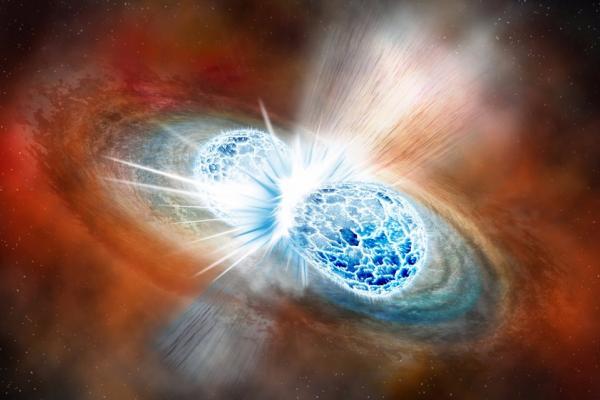
January 24, 2023
Astronomy Colloquium - Carolyn Raithel
Event Start Time: 2:45 pm
Event Location: In Person & Online: Fontana Lab Rm. 2020; Zoom Webinar
Event Location: In Person & Online: Fontana Lab Rm. 2020; Zoom Webinar
